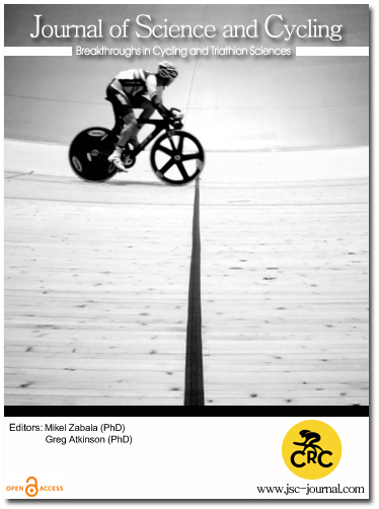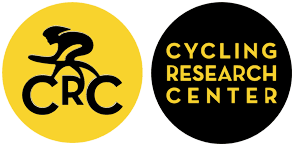Influence of power output on pedalling biomechanical parameters in cyclists of different competitive levels
Abstract
Introduction
Cycling performance depends on several physiological and biomechanical parameters (Faria et al. 2005). The influence of biomechanical factors such as pedalling technique is still an issue of debate (Leirdal and Ettema 2011). Several studies demonstrated that pedal force effectiveness (FE, %, ratio of the force perpendicular to the crank and the total force applied to the pedal) has also been used as a gold standard measure of pedalling technique in cycling. However, FE depends on several constraints such as power output (PO, W), pedalling cadence, body position, fatigue, and cycling experience (Bini et al. 2013). Studies showed that large increase in PO (i.e. from 60% to 98% of the maximal aerobic power [MAP]) led to higher FE. Additionally, a recent study showed that professional cyclists have better pedalling technique than elite or club cyclists (Garcia-Lopez et al. 2016). The purpose of this study was to assess the influence of PO on pedalling technique in cyclists of different competitive levels using FE as a performance clue.
Methods
37 male road cyclists of different competitive levels (elite [19] and professional [18]) performed all testing sessions on a Bikefitting ergometer (Shimano, Pedal Analyzer, Dynamics Lab, Sittard, Netherland) that has been used to assess FE in seated position. Firstly, the personal bike position of each cyclist was reported on the ergometer. Then, the cyclists were required to perform exercises at four level of PO (55, 70, 85 and 100% of MAP). In order to keep an individual combination between muscular force and pedalling cadence, the cyclists were asked to keep their preferred pedalling cadence during each level of PO. The main parameter measured was FE whereas the balance between propulsive and resistive forces (%) was also measured as a secondary parameter. A two-way ANOVA was used to analyse the influence of both the PO and the competitive level on FE.
Results
The figure 1 shows an increase in FE with PO (+26.4% from 55 to 100% of MAP, p < 0.001). Even if the competitive level did not influence FE, the increase of FE according to PO was higher (+36.1%) in professional cyclists than elite cyclists (+19.1%). Additionally, the coefficient of variation (CV, %) decreased with PO (CV55% = 16.2 %, CV70% = 15.0 %, CV85% =
12.8 % and CV100% = 11.0%). For all PO and competitive levels, FE was correlated with both PO (r = 0.47, p < 0.001) and the balance between propulsive and resistive forces (r = 0.82, p
< 0.001). Finally, the resistive forces were significantly (p < 0.001) decreased from 15.8 to 5% between 55 and 100% of MAP during the upstroke.
Conclusions
The main findings of this study show that FE was influenced by the level of PO and was independent of the competitive level. Yet, professional cyclists increased faster FE with the level of PO suggesting that their pedalling technique was further improved in high levels of PO as compared with elite cyclists. Previous studies showed that an increase in PO induced an increase in FE (Zameziati et al. 2006). In this study, for a given PO, the increase in FE was due to a lower resistive force. Concerning the effect of competitive level, previous studies have shown no difference in FE between cyclists of different competitive levels (Sanderson et al. 2000) whereas another study (Garcia-Lopez et al. 2016) demonstrated that professional cyclists had better pedalling technique than elite cyclists. Finally, it appears that with the increase of PO, the professional cyclists improve their pedalling efficiency both by increasing FE and decreasing the resistive force during the upstroke of the pedalling cycle.
Downloads
Published
How to Cite
Issue
Section
Copyright (c) 2018 Journal of Science and Cycling

This work is licensed under a Creative Commons Attribution-NonCommercial 4.0 International License.
Authors contributing to Journal of Science and Cycling agree to publish their articles under a Creative Commons CC BY-NC-ND license, allowing third parties to copy and redistribute the material in any medium or format, and to remix, transform, and build upon the material, for any purpose, even commercially, under the condition that appropriate credit is given, that a link to the license is provided, and that you indicate if changes were made. You may do so in any reasonable manner, but not in any way that suggests the licensor endorses you or your use.
Authors retain copyright of their work, with first publication rights granted to Cycling Research Center.






